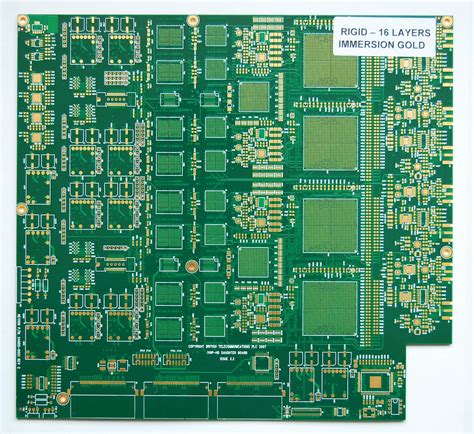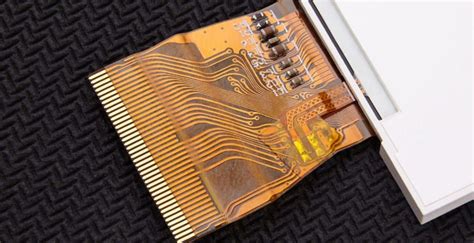Speeding Up Your Quick PCB Assembly Workflow
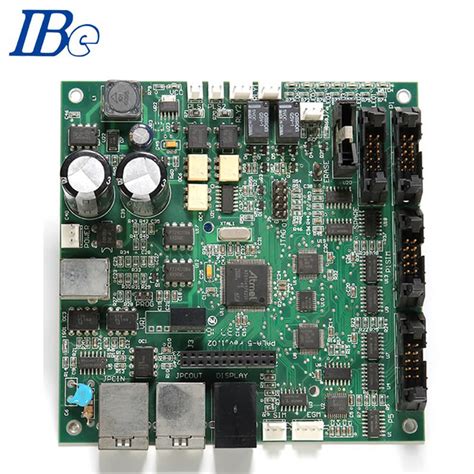
Key Takeaways
When considering quick PCB assembly, understanding the importance of efficiency in the workflow can greatly impact project outcomes. For many organizations, adopting effective strategies to streamline processes is essential. Techniques such as adopting lean manufacturing principles can minimize waste, ultimately leading to quicker development cycles.
One of the most significant challenges faced in the pcba process is reducing turnaround times. Implementing a systematic approach to prioritize tasks can yield quick wins that enhance productivity. For instance, utilizing automated machines for repetitive tasks can significantly cut down assembly times while ensuring precision.
Moreover, leveraging the latest tools and technologies helps in enhancing the speed of PCB assembly processes. These may include advanced assembly equipment that not only speeds up output but also improves accuracy during placement and soldering phases.
"Integrating automation into your workflow can transform how you approach PCB assembly, minimizing human error and maximizing output."
Setting up a strong framework for quality control is equally important; therefore, it is crucial to ensure that speed does not compromise quality. Regular audits and strict adherence to standards will help maintain integrity without sacrificing turnaround times.
Here’s a summary table outlining some best practices:
| Practice | Benefit |
|---|---|
| Lean Manufacturing Principles | Reduces waste and accelerates production |
| Automation | Increases consistency and decreases errors |
| Quality Control Protocols | Ensures high standards while maintaining speed |
By focusing on these areas, teams can significantly boost their productivity and see marked improvements in their pcb assembly outcomes.
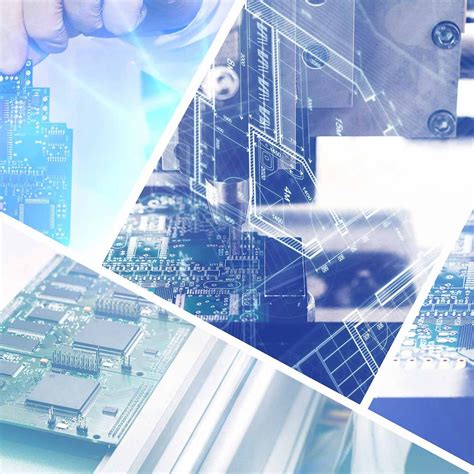
Understanding Quick PCB Assembly: Benefits and Applications
Quick PCB assembly is a pivotal aspect of the electronics manufacturing landscape, significantly impacting project timelines and product development cycles. By employing quick PCB assembly, companies can respond swiftly to market demands, ensuring they remain competitive in a rapidly evolving industry. The benefits of this approach are manifold; it facilitates faster prototyping, enables more iterative design processes, and allows for quick adjustments based on feedback. In turn, this can lead to improved customer satisfaction as products reach the market more swiftly. Additionally, the adaptability of PCBA processes means that businesses can tailor their workflows to meet specific project requirements, enhancing overall efficiency.
Applications of quick PCB assembly are vast and encompass various sectors including consumer electronics, automotive applications, and medical devices. Companies that harness these benefits often find that their ability to innovate is greatly improved as they can produce more iterations in less time. This not only aids in refining product designs but also allows for better resource allocation across projects. Overall, embracing quick PCBA methods can lead to sustainable growth by balancing speed without sacrificing quality—a crucial factor in today’s competitive environment.
Streamlining Processes: Key Strategies for Efficiency
To achieve efficiency in pcb assembly, it is crucial to adopt strategies that optimize each stage of the workflow. Start by implementing a well-organized workspace that minimizes clutter and improves access to essential tools and materials. Utilizing standard operating procedures (SOPs) can serve as a foundational element, allowing team members to follow consistent processes and reducing the likelihood of errors. It’s also beneficial to leverage pcba design tools that facilitate effective collaboration among your engineering team, ensuring that everyone is on the same page before assembly begins.
Additionally, regular training sessions can bolster team competency and confidence, enhancing their ability to handle any challenges that may arise during assembly. Adopting a just-in-time inventory strategy aids in maintaining only necessary components on hand, thereby reducing storage costs and streamlining the supply chain. Finally, integrating modern quality control measures throughout the assembly process can be pivotal; consider using automated inspection tools to catch defects early and ensure every board meets high quality standards without slowing down production timelines. By embracing these key strategies, businesses can significantly improve their pcb assembly workflows, leading to faster project completions and greater overall effectiveness.
Reducing Turnaround Times: Techniques for Quick Wins
In the realm of pcb assembly, reducing turnaround times is crucial for maintaining a competitive edge. Implementing efficient techniques can lead to remarkable improvements in pcba workflows. One effective method is to adopt a streamlined approach to project management. This means prioritizing tasks and eliminating unnecessary steps that could delay the assembly process. By using technologies such as automated pick-and-place machines, teams can enhance speed without sacrificing quality. Moreover, utilizing modular designs allows for parallel assembly processes, thereby decreasing fabrication and testing times significantly. Another key strategy involves maintaining a well-organized inventory of components, ensuring that all necessary materials are readily accessible when needed. This mitigates downtime caused by searching for parts or awaiting shipments, ultimately aiding in faster project completion. Emphasizing a strong communication strategy among team members also plays a vital role; clear expectations and workflows help in quickly addressing potential issues as they arise. By focusing on these techniques and continuously evaluating their effectiveness, organizations can make swift strides toward reducing turnaround times in their pcb assembly operations, paving the way for quicker delivery and enhanced customer satisfaction.

Tools and Technologies to Enhance PCB Assembly Speed
In the ever-evolving landscape of PCB assembly, leveraging the right tools and technologies can significantly enhance the speed and efficiency of your processes. One of the most effective strategies involves integrating advanced software solutions tailored for PCBA design, which allows for real-time collaboration and faster iterations. Using automated pick-and-place machines streamlines component placement, minimizing human error and reducing cycle times. Furthermore, implementing rapid prototyping tools can facilitate quicker testing and revisions, ensuring that designs meet specifications before mass production begins.
Moreover, integrating surface mount technology (SMT) can lead to a more compact layout design, which not only enhances the efficiency of the assembly process but also supports higher density in components, thus making better use of board space. Pairing these technologies with effective inventory management systems ensures that components are readily available when needed, preventing delays during the assembly process.
Finally, investing in training programs for staff on new technologies enhances their proficiency in operating advanced machinery and tools, ultimately leading to heightened productivity. With these cutting-edge solutions, your PCB assembly workflow can achieve faster results while maintaining quality standards essential for successful projects.
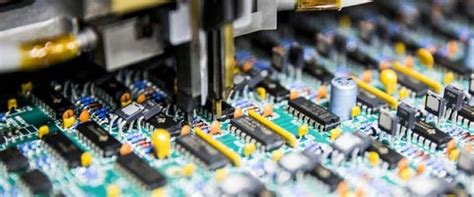
Integrating Automation in PCB Assembly Workflows
Harnessing the power of automation in PCB assembly workflows can significantly enhance efficiency and productivity. By implementing automated solutions, organizations can minimize human error, streamline repetitive tasks, and enable a more consistent output in production. For instance, automated pick-and-place machines facilitate quick placement of components on circuit boards, leading to faster assembly processes. Moreover, advanced software tools can optimize the surface mount technology (SMT) assembly line by adjusting parameters in real time based on production demands. The integration of automation not only speeds up the pcba process but also allows for better data collection and analysis, enabling manufacturers to make informed decisions for continuous improvement. As industries increasingly adopt automation, they are able to achieve leaner processes, which result in reduced costs and improved turnaround times. This shift toward automated PCB assembly workflows is vital for organizations looking to scale their operations while maintaining high-quality standards.
Best Practices for Ensuring Quality Amid Speed
In the world of quick PCB assembly, maintaining quality while speeding up processes can present a unique challenge. To address this, it is essential to adopt some best practices that balance efficiency and accuracy. Firstly, thorough planning of the manufacturing process is crucial; using software tools that simulate the assembly process can identify potential issues before they arise. Implementing a strong quality management system ensures that all aspects of the pcba are meticulously checked at various stages rather than waiting until the end, which allows for early detection of defects. Additionally, proper training for all personnel involved in the pcb assembly process is vital. Skilled workers are less likely to make errors under pressure, thus upholding quality standards even as speed increases. Regular maintenance of machinery and equipment will also contribute significantly to consistent production quality. Furthermore, making use of high-quality materials minimizes risk during quick assemblies; investing in superior components means less likelihood of failure post-assembly. By integrating these practices into your workflow, you can achieve a harmonious balance between achieving rapid turnaround and delivering a product that meets or exceeds industry quality standards.

Case Studies: Success Stories in Quick PCB Assembly
In the realm of quick PCB assembly, several organizations have successfully implemented innovative strategies that transformed their workflows, showcasing the immense potential of efficient assembly practices. For instance, a leading technology firm realized a 30% reduction in turnaround times by adopting streamlined processes that emphasized modular design. By enabling parallel workflows and employing pcba best practices, they not only accelerated their project timelines but also enhanced their overall productivity. Another case involved a startup that integrated advanced tools and technologies into their assembly line, which facilitated the adoption of automation. This resulted in a significant boost in production speed while maintaining stringent quality standards. These success stories highlight that adopting a focused approach to pcb assembly can yield remarkable results, enabling companies to respond swiftly to market demands and deliver high-quality products within reduced timeframes. As these examples indicate, investing in strategic improvements within the quick PCB assembly process can lead to substantial gains in efficiency and competitiveness in the electronics sector.
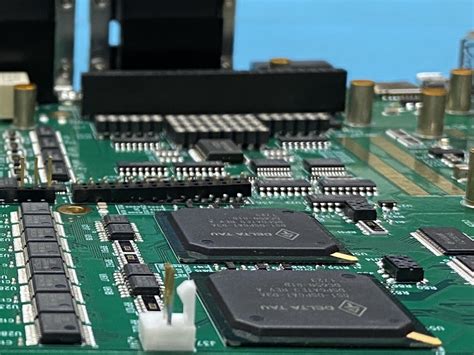
Future Trends in Quick PCB Assembly Techniques
As technology continues to evolve, the landscape of quick PCB assembly is also transforming, bringing forth innovative pcba techniques that promise to revolutionize the manufacturing process. One of the most significant trends is the increasing adoption of automation within pcb assembly workflows. By integrating advanced robotics and artificial intelligence, companies can enhance their efficiency, reduce human error, and achieve faster production cycles. Furthermore, the rise of smart factories leverages the Internet of Things (IoT), allowing for real-time monitoring and adjustments during the assembly process. Another remarkable shift is the use of innovative materials, which are being developed to improve electrical performance while simultaneously reducing manufacturing time. In addition, 3D printing technology is emerging as a game changer in rapid prototyping and small batch production, enabling engineers to create complex designs that were previously unattainable through traditional means. Sustainability is also gaining traction; as efforts to produce environmentally friendly products become paramount, manufacturers are seeking ways to reduce waste during pcb assembly processes. Altogether, these trends not only enhance productivity but also set a new standard for quality and sustainability in the realms of quick pcba processes.
Conclusion
In the realm of pcb assembly and pcba, it is essential to recognize and implement efficient strategies to enhance workflow and reduce delays. Effective processes not only accelerate the pace of production but also contribute significantly to maintaining high standards of quality. Adopting methods such as lean manufacturing principles can streamline tasks, allowing teams to focus on critical aspects of the assembly process. Furthermore, embracing tools and technologies is vital in gaining a competitive edge; these innovations can minimize human error, optimize resource use, and facilitate quicker turnarounds for even the most complex designs. By prioritizing quick PCB assembly techniques while ensuring robust quality checks, organizations can achieve remarkable efficiency. The importance of continuous evaluation cannot be overstated; maintaining flexibility to adjust workflows as new trends emerge ensures that productivity remains optimal in a rapidly evolving marketplace. Thus, by weaving together these elements—speed, quality, and adaptability—companies can excel in their pcba projects, ultimately delivering outstanding results that meet or exceed client expectations.
FAQs
What is quick PCB assembly?
Quick PCB assembly refers to the rapid production of printed circuit boards (PCBs) with a focus on reducing lead times while maintaining quality. This process allows for faster project completion, which is particularly beneficial in industries that require efficient turnaround for prototypes and low-volume manufacturing.
How can I speed up my PCB assembly process?
To enhance your PCBA workflow, consider implementing strategies such as optimizing design files, utilizing advanced tools, and investing in automation technologies. Streamlining these processes can lead to significant time savings and efficiency improvements.
What are the benefits of using automation in PCB assembly?
Incorporating automation into your pcb assembly processes can minimize manual errors, increase production speed, and ensure consistent quality. Automated workflows not only streamline operations but also free up human resources for more complex tasks that require creativity and problem-solving skills.
Are there best practices to ensure quality during quick PCB assembly?
Yes! Key best practices include thorough inspections at various stages of the assembly process, adhering to strict design guidelines, and using high-quality components. By prioritizing quality alongside speed, you can prevent costly mistakes and ensure customer satisfaction.
For more information on enhancing your pcb assembly, please click here: Andwin PCB Assembly



